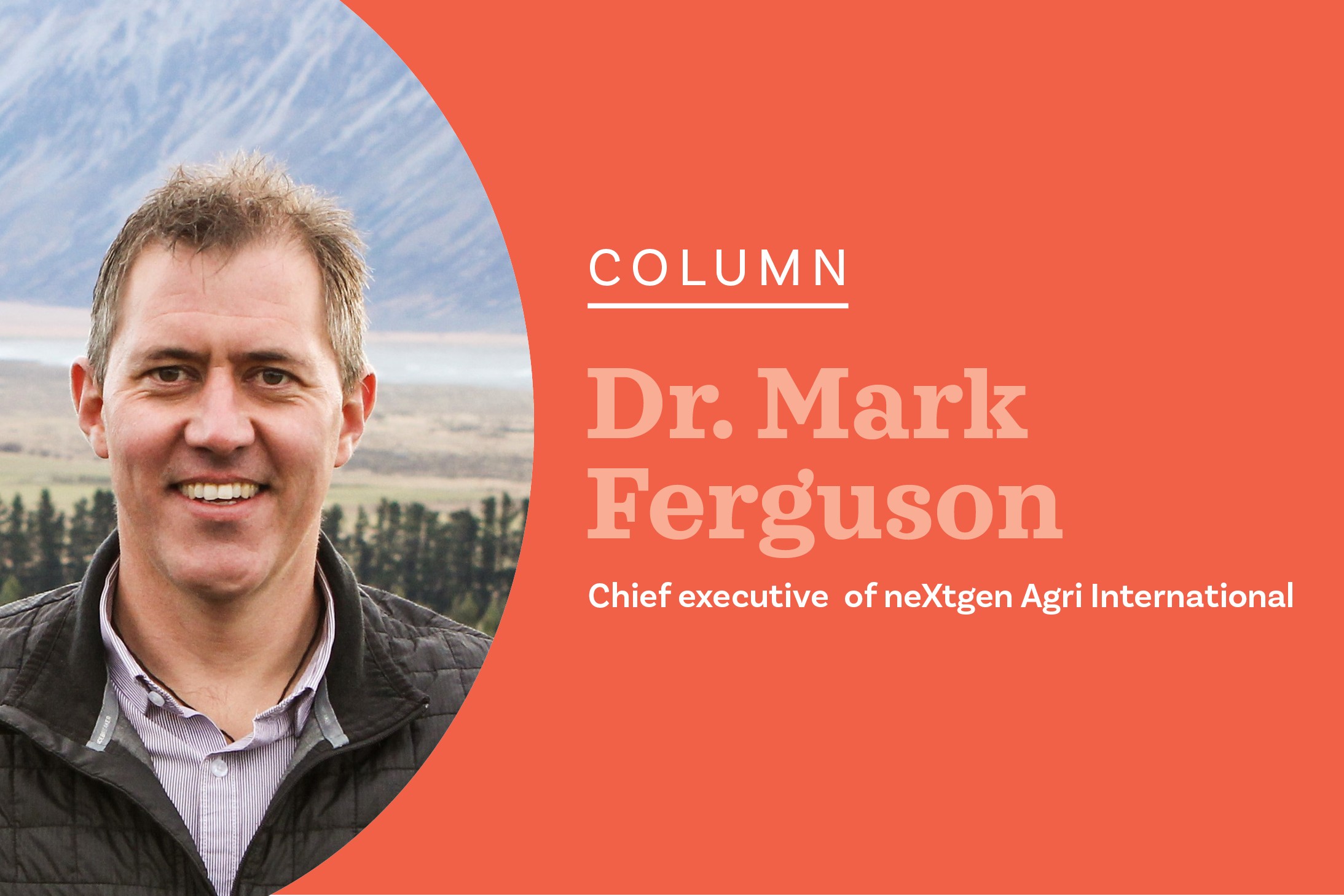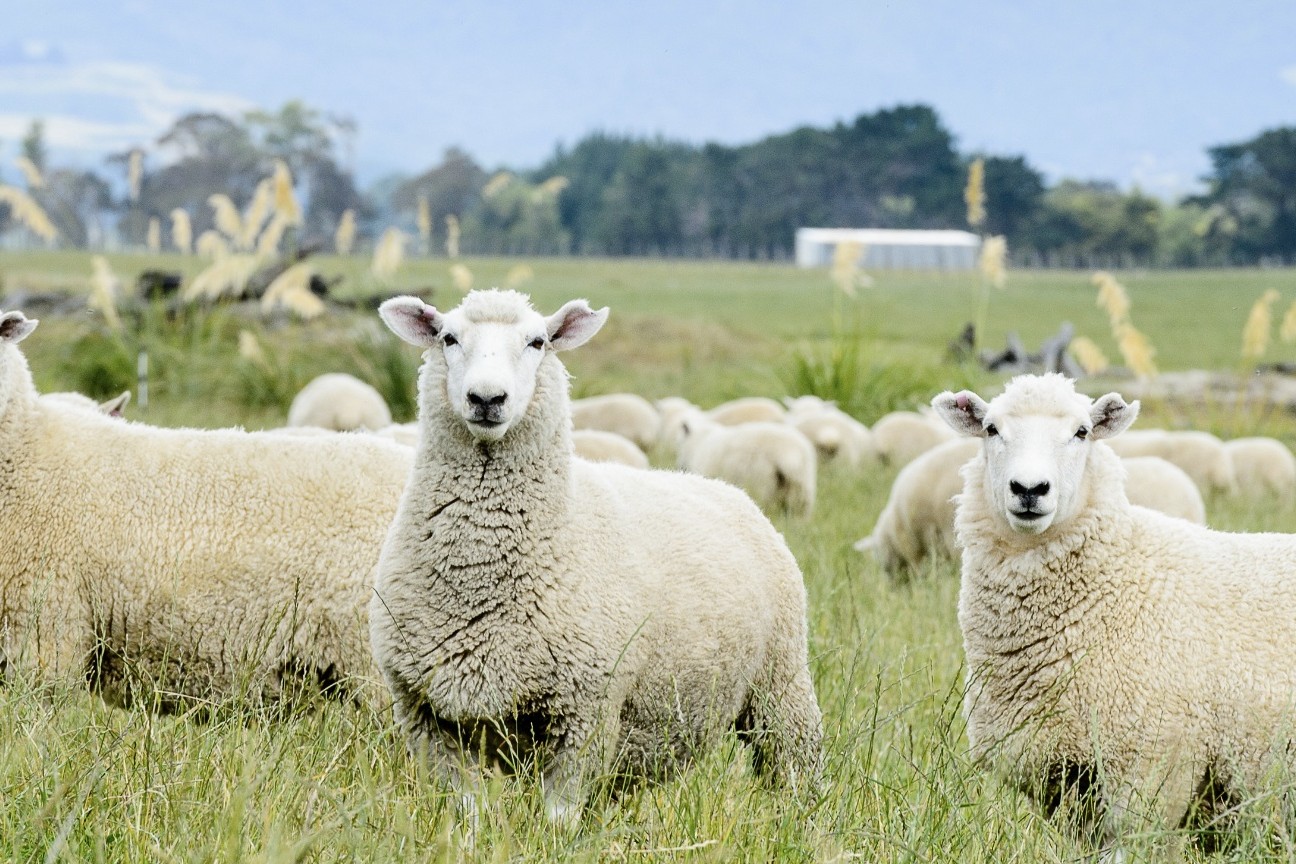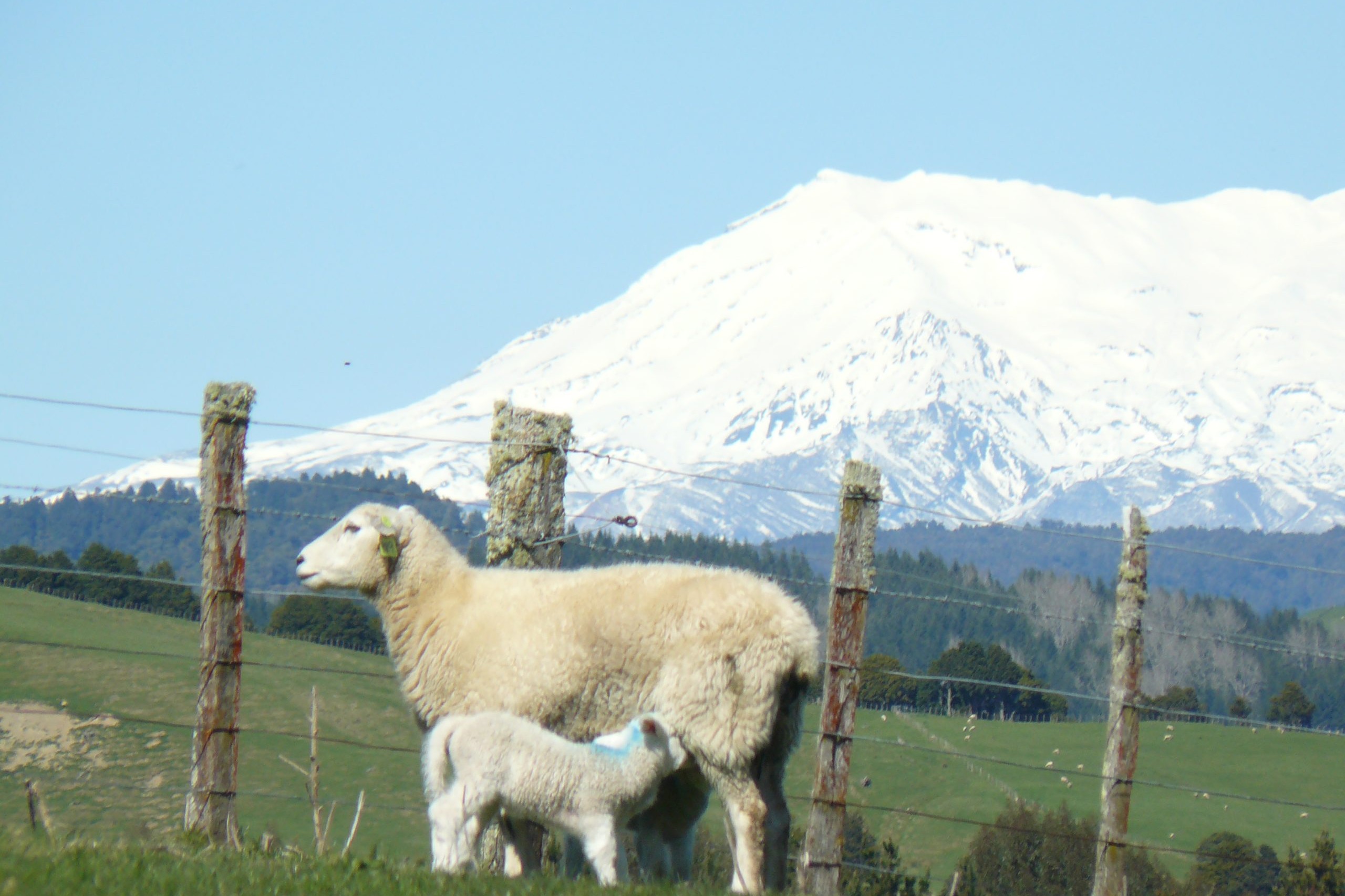The business of sheep farming
Sheep farming is a business, and like all businesses, there is inherent risk. So how do you make sure that you are making sound business decisions and not being driven by emotion?
Words Dr. Mark Ferguson.

How often do we find ourselves looking to the skies, the markets or the government and hoping for something to change? How much of our time is wasted thinking about the things that we can’t control?
Sheep farming is a business, and like all businesses, there is inherent risk. We could argue that it is more risky than other small-to-medium-size businesses but I don’t think the statistics would support that. In sheep farming we deal with production risk, largely due to the season and for many sheep producers, there is also market risk. I asked Nigel Kerin of Kerin Agriculture in New South Wales, Australia, his thoughts on risks in sheep farming. He responded: “low risk in agriculture equals low margin; high risk equals high margin.” He went on to say that “without doubt, the biggest risks in agriculture are emotion. Foolish decisions driven by emotion.”
So how do you make sure that you are making sound business decisions and not being driven by emotion? It starts with adopting a business mindset. A key to this mindset is knowing your numbers. A key number that every sheep farmer should know is what it costs them to produce a kilogram of lamb and importantly how it is trending, and how it compares with their peers. In getting obsessed with ‘cost of production’ you will start to understand what drives this metric. There are two parts to the cost of production calculation, firstly the net costs that can be attributed to the sheep production business and secondly the total number of kilograms produced. That is, to reduce your cost of production you can either drive up production or drive down costs. It is important to remember that you can’t save your way to prosperity, you can cut the fat out of your system, but key investments in performance need to remain.
‘Without doubt, the biggest risks in agriculture are emotion, foolish decisions driven by emotion.’ – Nigel Kerin, Kerin Agriculture
When I ask most Kiwi sheep farmers what their cost of production is, they either look at me strangely or at their feet. Most people however are happy to talk about production benchmarks like scanning and weaning percentages. The difference between production benchmarking and financial benchmarking can be profound. In recent years we’ve seen a lot of sheep production businesses move to higher-cost models to drive up productivity.
This can be a great business decision or a really poor one, depending on why and how it is done. There are lots of businesses that have driven up production but the costs have risen accordingly. Production should only be driven up in a way that is designed to drop the cost of production.
Encouragingly, in a recent survey I ran, the most sought-after topic that people wanted to us to cover was cost of production and margin. Many of the aspects of the cost of production are within the control of the manager and can be successfully improved to set the business up for a greater margin.
What does it cost you to produce a kilogram of lamb?




